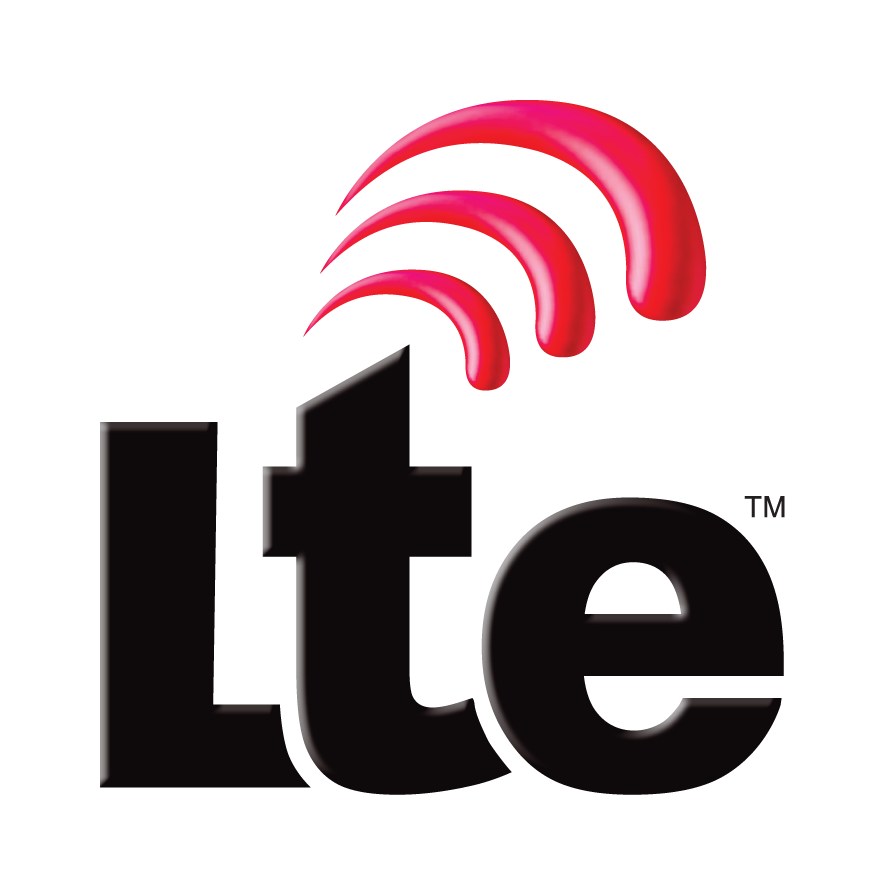The USIM and the HSS contain the subscriber’s K key. The K key is a 128 bit long key that is stored on the subscriber’s USIM and in the HSS along with the IMSI.
The terminal cannot read the K key, neither can the network, it is never transmitted / exposed.
When the Terminal starts the attach procedure, it includes it’s IMSI, which is sent to the MME.
The MME then sends the the HSS a copy of the IMSI.
The HSS looks up the K key for that IMSI, and generates a random key called RAND.
The HSS and runs a cryptographic function (called f) using the input of RAND and K key for that IMSI, the result is called XRES (Expected result).
The HSS sends the output of this cryptographic function (XRES), and the random value (RAND) back to the MME.
The MME forwards the RAND value to the USIM (via eNB / Terminal), and stores a copy of the expected output of the cryptographic function.
The USIM take the RAND and the K key and performs the same cryptographic function the HSS did on it with the input of the K key and RAND value to generate it’s own result (RES).
The result of this same function (RES) is then sent from the USIM to the terminal which forwards it to the MME.
The MME and comparing the result the HSS generated (XRES) with the result the USIM generated. (RES)
If the two match it means both the USIM knows the K key, and is therefore the subscriber they’re claiming to be.
If the two do not match the UE is refused access to the network.
Next up, how the UE authenticates the network.
